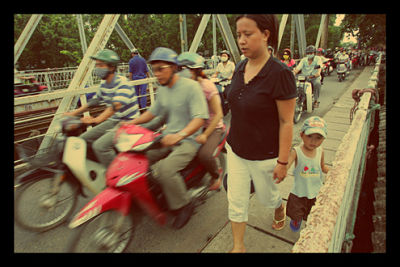Asian Americans Facing High Poverty Rates

It is often assumed that Asian Americans are one of the minority groups in the United States that is doing well economically. However, this statement too broadly categorizes all Asian subgroups. According to the official poverty rate from the U.S. Census in 2011, the Asian American poverty rate was actually 2.5% higher than that of Caucasians.
In fact, amongst poor Asian Americans, Southeast Asians face some of the highest poverty rates in the whole country. Researchers at the University of California, Los Angeles conducted a study on income sources, home foreclosures and housing burden. The study indicated that Southeast Asians in the United States have consistently relied on food stamps for many decades. Moreover, language barriers are still major roadblocks that prevent Southeast Asian Americans from entering new labor markets.
The poverty rate for Asian Americans is highest amongst Hmong, Cambodian, Laotian and Vietnamese. Hmong Americans have a startlingly high poverty rate at 37.8%, followed closely by Cambodian Americans at 29.3% and Laotian Americans at 18.5%.
According to a study by UCLA scholars on Asian Americans in eight different states, 23% of Hmong Americans in Fresno, California relied on cash public assistance for income. This is comparably higher than the 10% of Asian Americans that also did so. It is also significantly higher than the 3% of Caucasians who used public cash assistance. Hmong Americans were also amongst the least likely to receive social security benefits or retirement income.
Additionally, Southeast Asians have especially high rates of depression and suffer higher rates of post-traumatic stress disorder compared to the rest of the general Asian American population. These facts definitely counter the model minority stereotype that all Asian Americans belong to one monolithic group.
A study on social trends by Pew Research has found that with a population exceeding 18.2 million – or 6% of the U.S. population – Asian Americans have become one of the fastest growing minority groups in the U.S. Moreover, Asian Americans have become the nation’s best-educated and highest-paid racial or ethnic group. Yet these findings run the risk of perpetuating the stereotype of Asians as high achieving.
Additionally, such facts tend to hide the growing poverty amongst Southeast Asian Americans.
The National Council of Asian Pacific Americans has stated that the media has narrowed in on “one-dimensional narratives of exceptionalism,” of successful Asian American families, usually eastern Asians such as Chinese or Japanese.
Due to popular perception of Asian Americans in general, poverty amongst sub-groups is not well known. Thus in order to truly fight poverty in the United States a more inclusive examination of poverty trends is vital.
– Grace Zhao
Sources: LA Times, Diverse Education, White House, National Alliance in Mental Illness
Photo: Asia Foundation
